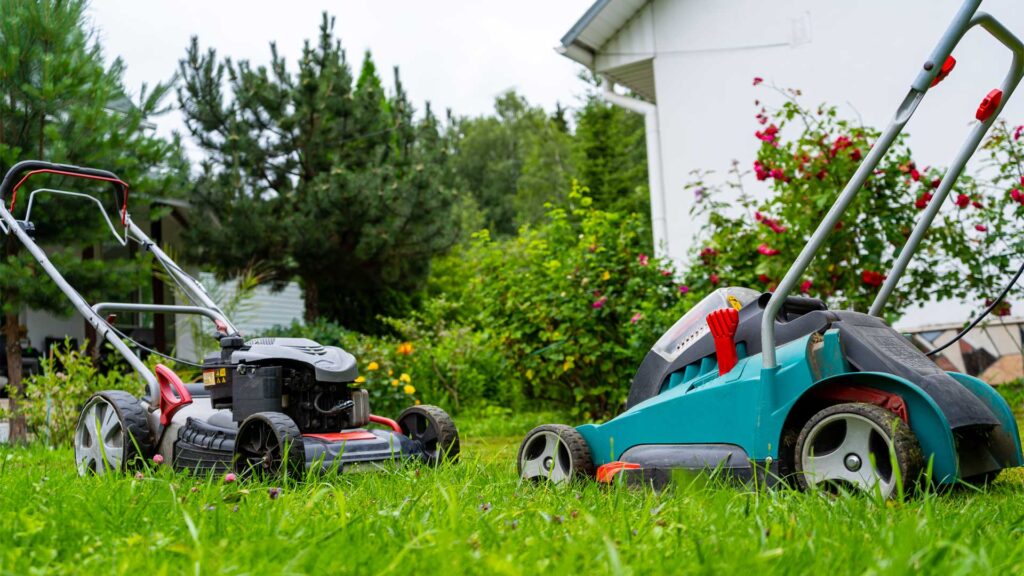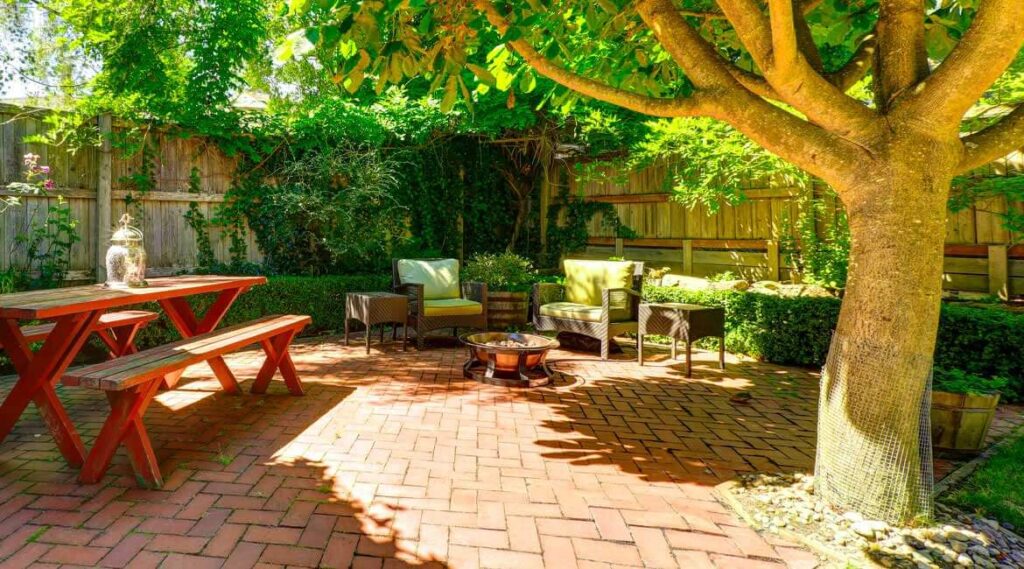Your landscaping is your greatest pride. In addition to turning the heads of passers-by with its great beauty, it increases the value of your property. Environmentally conscious, you have made sure to plant all types of plants in your home: large trees, smaller fruit and ornamental trees, shrub and perennial beds, planters brimming with colorful annual flowers and delicious edible plants, and of course, a healthy, long-lasting lawn carefully maintained by your Nutrite Expert. At first glance, it may seem like you have a positive carbon footprint, but have you considered the maintenance of your plants? If you don’t pay special attention to it, a nice gesture for the environment can quickly turn into a disaster.
The range of landscape maintenance equipment, mowers, trimmers, hedge trimmers and others is increasingly interesting and you must know how to make the right choices according to your type of landscaping. Let’s talk mainly about lawn mowers since they are without a doubt the most used tool during the season, on average 25 times from spring to fall.
Gas-powered
Gasoline-powered lawnmowers are still very much a part of the landscape, but their impact on the environment is still the most important: they burn gasoline to get the job done and need oil to keep the engine running. Therefore, it is important not to neglect rigorous maintenance to keep them in good working order and to prevent their emissions from becoming even more significant. Of course, their autonomy is great, which allows you to mow a large lawn in one go. If your lawn is larger than 10,000 square feet, a gas-powered mower is still your best option. You can offset your emissions by planting an extra tree on your property if possible, or in a park or schoolyard in your municipality.
Battery-powered
Battery-powered models are a more environmentally friendly choice since they have almost zero emissions. However, it is important to note that rechargeable batteries have a limited lifespan and that replacing them can cost you 30-60% of the total price of the mower. Also, battery life depends on a number of factors, but if your yard is larger than 5,000 square feet, you may need to take a break or use a second battery to finish the job. If you have a small yard, this is a great option for you, especially if you have several pieces of equipment of the same caliber and from the same company: the batteries are interchangeable!
Electrical
Electric lawn mowers have only one flaw: the cord! You are limited in terms of area because of the connection to an electrical outlet needed at all times to power the mower. If you have a good extension cord and a good sized yard, it is without a doubt the most environmentally friendly and economical option to maintain your lawn. All you have to do is sharpen your blades, at least once a year, to ensure a clean, crisp cut. To find out how to properly sharpen your mower blades, read our article on the subject.
Manual
If you have a small, fairly flat yard, the manual reel mower is worth your attention. It’s a series of rotating curved blades that do the work when you push your mower. There is no engine, so there are no emissions or noise. It’s a good thought! Manual mowers are economical and if you maintain them well, they do a good job.
Lawn mowing is a very important part of lawn care. By paying proper attention to it, you become a good ally for healthy, long-lasting lawns. Making the right choices for your plant care can further improve your carbon footprint. Choose the most interesting option according to your needs and the type of land you have, and above all, make sure you take good care of your tools so that they remain efficient. Ask the experts who can help you make the best decision when buying.




